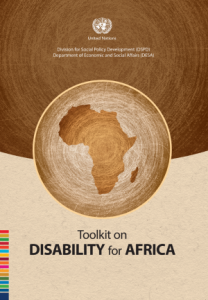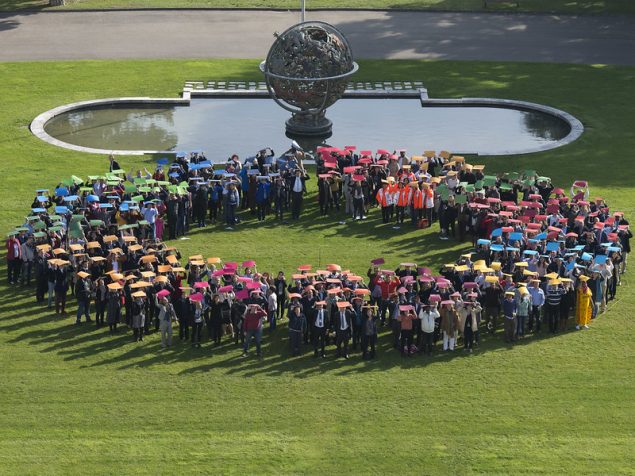E-Accessibility
Access to information and communication technologies creates opportunities to everyone in society, but perhaps no-more so than for persons with disabilities. No longer do the societal barriers of prejudice, infrastructure, and inaccessible formats stand in the way of participation. When available to everyone, information technologies foster individuals to reach their full potential, and for persons with disabilities it allows them to play their part in society’s development.
At the First World Summit on the Information Society in 2003, Governments expressed their commitment to build a people-centred, inclusive and development-oriented information society, where everyone can create, access, utilize and share information and knowledge. Despite the vision, many persons with disabilities remain unable to take full advantage of the Internet as most websites are: inaccessible to the blind and visually impaired, heavily dependent on using the mouse, and training is often conducted in inaccessible formats and venues. As persons with disabilities are amongst the most marginalized in society, many do not have access to information technologies at all. Even those with access to information technologies may not be able to utilize them effectively, as available adaptive equipment cannot keep pace with innovation.
Persons with disabilities are at a considerable disadvantage by not being able to access information technologies. For instance, as education becomes increasingly dependent on information technologies, not being able to access the Internet for example limits the learning potential of persons with disabilities.
Several places already have legislation and regulations requiring websites to be fully accessible. At the international level, standards and guidelines on website accessibility are being developed. Once adopted and ratified, the International Convention on the Rights of Persons with Disabilities will require entities ensure that persons with disabilities can access information technologies. It specifies that measures should be introduced to eliminate obstacles and barriers to information and communications, and to promote access for persons with disabilities to information and communications technologies, including the Internet.
Making information technologies available to persons with disabilities is not only a matter of human rights, it also makes good business sense. Studies suggest that accessible websites appear higher up the page rankings of search engines and can save costs on web maintenance. It also allows companies access to a largely untapped customer base. Many websites, however, remain inaccessible for the visually impaired and the blind. A recent study of the FTSE 100 companies in the United Kingdom showed that around three-quarters of company websites did not achieve basic levels of accessibility. By not making their websites accessible, UK companies are forfeiting £80 billion in lost revenue.
The theme for this year’s International Day of Disabled Persons (3 December 2006) is accessibility to information technologies, and the day will be referred to as E-Accessibility Day. Through its efforts, and collaboration with others, the United Nations aims to raise appreciation among Governments, private entities and the public of the significant benefits to persons with disabilities and society when they are empowered with increased access to information technologies.
Secretary-General’s message on the International Day of Disabled Persons
United Nations – Press Release on the International Day of Disabled Persons
Global Audit of Web Accessibility PDF format
Global Audit of Web Accessibility MS Word format
Read the Executive Summary of the Global Audit of Web Accessibility




